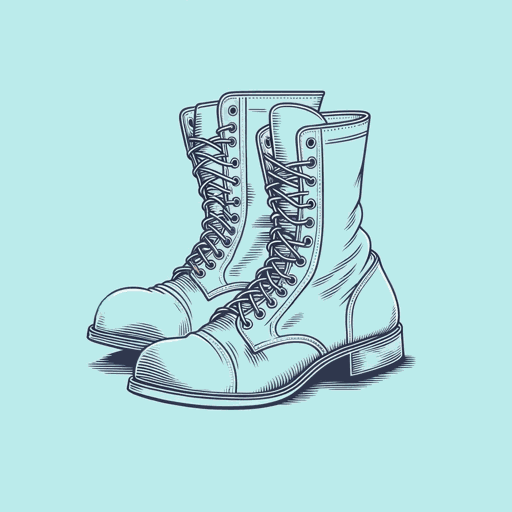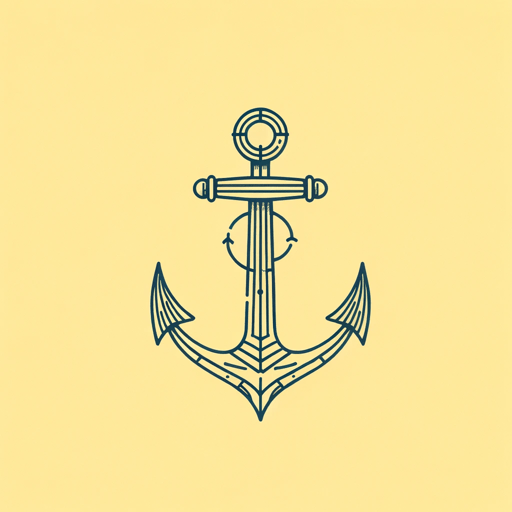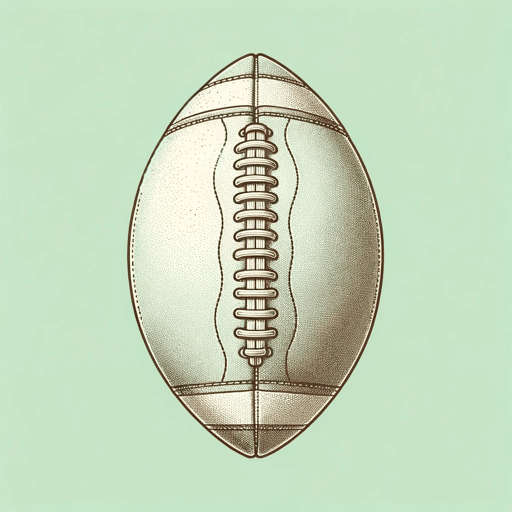48 pages • 1 hour read
Steve SheinkinUndefeated: Jim Thorpe and the Carlisle Indian School Football Team
Nonfiction | Biography | Middle Grade | Published in 2017A modern alternative to SparkNotes and CliffsNotes, SuperSummary offers high-quality Study Guides with detailed chapter summaries and analysis of major themes, characters, and more.
Summary and Study Guide
Overview
Undefeated: Jim Thorpe and the Carlisle Indian School Football Team (2017) is a middle grade biography written by Steve Sheinkin that tells the story of Jim Thorpe, the world-renowned Olympic champion and football legend, and the saga of Pop Warner and the Carlisle Indian School football team. It’s a narrative that delves into the tumultuous history of American sports, highlighting themes of racism, exploitation, and perseverance.
Sheinkin is an ex-textbook writer who began writing middle grade nonfiction books in 2008. He has authored eight nonfiction books, four novels, three titles in his Everything your Schoolbooks Didn’t Tell You series, and three graphic novels in his Rabbi Harvey series. Sheinkin has been awarded the Newbery Honor, the Sibert Medal, the Carter B. Woodson Book Award, and he has been a finalist for the National Book Award.
This guide refers to the first Square Fish edition (an imprint of Macmillan Publishing Group) published in 2019.
Content Warning: This guide discusses racial discrimination, exploitation, the mistreatment of Indigenous peoples, and historical injustices that appear in the source text.
Summary
Undefeated is broken into two parts, titled “First Half” and “Second Half.” A short prologue titled “Tryout” precedes Part 1.
In the Prologue, Jim Thorpe walks on to the Carlisle Indian Industrial School football field wearing a borrowed practice jersey. Coach Pop Warner tells Thorpe to get off the field because he is too small; he doesn’t want Thorpe to get hurt playing football because he needs him on the track team. When Thorpe insists, Pop gives him the ball and tells Thorpe to let the varsity boys practice tackling him. Thorpe tosses the ball to his coach, assuring him that he won’t be tackled.
Part 1, “First Half,” follows three main characters: Thorpe, Warner, and Richard Henry Pratt, founder of the Carlisle Indian Industrial School. This section chronicles Thorpe’s young life on the Sac and Fox reservation in Oklahoma. There, Thorpe watches nightly athletic competitions between the local men, including his father, who is a champion wrestler, and becomes inspired as an athlete. His parents want him to have a future beyond the reservation, so they send him to school, but Thorpe continually runs away. In 1904, when Thorpe is 15, his parents send him to the Carlisle school because it is located in Pennsylvania and is too far for Thorpe to run away and come home.
Years earlier in New York, a young Glenn Scobey Warner, whose nickname before “Pop” is then “Butter,” gets teased for being overweight. Standing up to his bullies and playing sports with his friends help him overcome his awkwardness, and he develops a love for athletics. Warner plays football at Cornell University and develops a love of football strategy. The sport is rather simple at the time, more focused on physical violence than strategy, but Warner changes that, inventing plays that help his team win. He later goes on to coach at Cornell though he struggles with gambling.
In 1879, Pratt, a former Army General, founds the Carlisle Indian Industrial School. His mission is to assimilate Indigenous children into white American society by stripping them of their names, culture, and language and changing their appearance to conform with Western norms to make them better fit for the workforce. The Carlisle Indian School has a football team, and Pratt wants them to beat the “Big Four” teams of Harvard, Princeton, Yale, and the University of Pennsylvania to prove not just that they are better athletes, but also that Pratt’s program to “civilize” Indigenous students works. In 1900, Pratt hires Warner to coach the team, and to the nation’s surprise, they beat U Penn. In 1904, Pratt is relieved of his position as superintendent, and Warner returns to Cornell, fearing that the new superintendent, Moses Friedman, will not support the football program; there is a national debate about the game’s safety, as a number of players have died. The creation of the National Collegiate Athletic Association (NCAA) sets new rules for the game, and in 1907, Warner returns to Carlisle.
When Warner returns, he happens to see Thorpe and recognizes his athletic potential. He asks Thorpe to join the track team, which Warner also coaches, but he is skeptical of Thorpe’s ability to play football due to his small size.
Part 2, “Second Half,” focuses on Thorpe’s athletic career at Carlisle, his two gold medal wins at the 1912 Olympics in Stockholm, Sweden, and the aftermath of his post-Olympic scandal.
After seeing Thorpe outrun the defense (the scene depicted in the Prologue), Warner has a senior team member mentor Thorpe and allows Thorpe to join the football team. Carlisle has an amazing season, but the press prints racist articles about the team, calling them “savages” and their wins “scalpings.” The media rejoices when Princeton beats Carlisle, displaying overt racial animosity in their coverage of the game. Thorpe is the team’s star, and in 1909, he decides to take a break and play minor league baseball in North Carolina for the summer, which is a common practice among college athletes. The new superintendent, Friedman, agrees. Thorpe likes the freedom, and does not return to Carlisle until 1911, after Warner begs him to come back.
In 1912, a 23-year-old Thorpe wins two gold medals at the Stockholm Olympics for the decathlon and pentathlon. As an Indigenous person, Thorpe is not a citizen of the United States, but he still represents the country. He returns to Carlisle and is named a first-team All-American for the second time. He plays his final season at Carlisle, leading the team to a symbolic win over Army. After the win, a newspaper article reveals that Thorpe was paid during his summer playing minor league baseball, which means he is not an amateur athlete and should forfeit his Olympic medals. Friedman and Warner plead ignorance of Thorpe’s decision to play baseball and make him sign a letter of confession admitting to wrongdoing. In a racially motivated campaign against the protests of the International Olympic Committee, the American Olympic Commission succeeds in stripping Thorpe of his medals. After leaving Carlisle in 1913, Thorpe plays baseball for the New York Giants.
The Epilogue ties up the main characters’ storylines. Thorpe goes on to play major league football for the Canton Bulldogs. Warner continues to coach winning teams at Carlisle, and in 1918, the school is decommissioned and turned into the Army War College. Thorpe passes away in 1953, but his former teammates and family members campaign tirelessly for his medals to be reinstated. Finally, in 1983, the Los Angeles Olympic Committee presents Thorpe’s gold medals to his daughter, Grace.
Related Titles
By Steve Sheinkin

Bomb: The Race to Build—and Steal—the World's Most Dangerous Weapon
Steve Sheinkin

King George: What Was His Problem?
Steve Sheinkin

Lincoln's Grave Robbers
Steve Sheinkin

The Notorious Benedict Arnold
Steve Sheinkin

The Port Chicago 50: Disaster, Mutiny, and the Fight for Civil Rights
Steve Sheinkin

